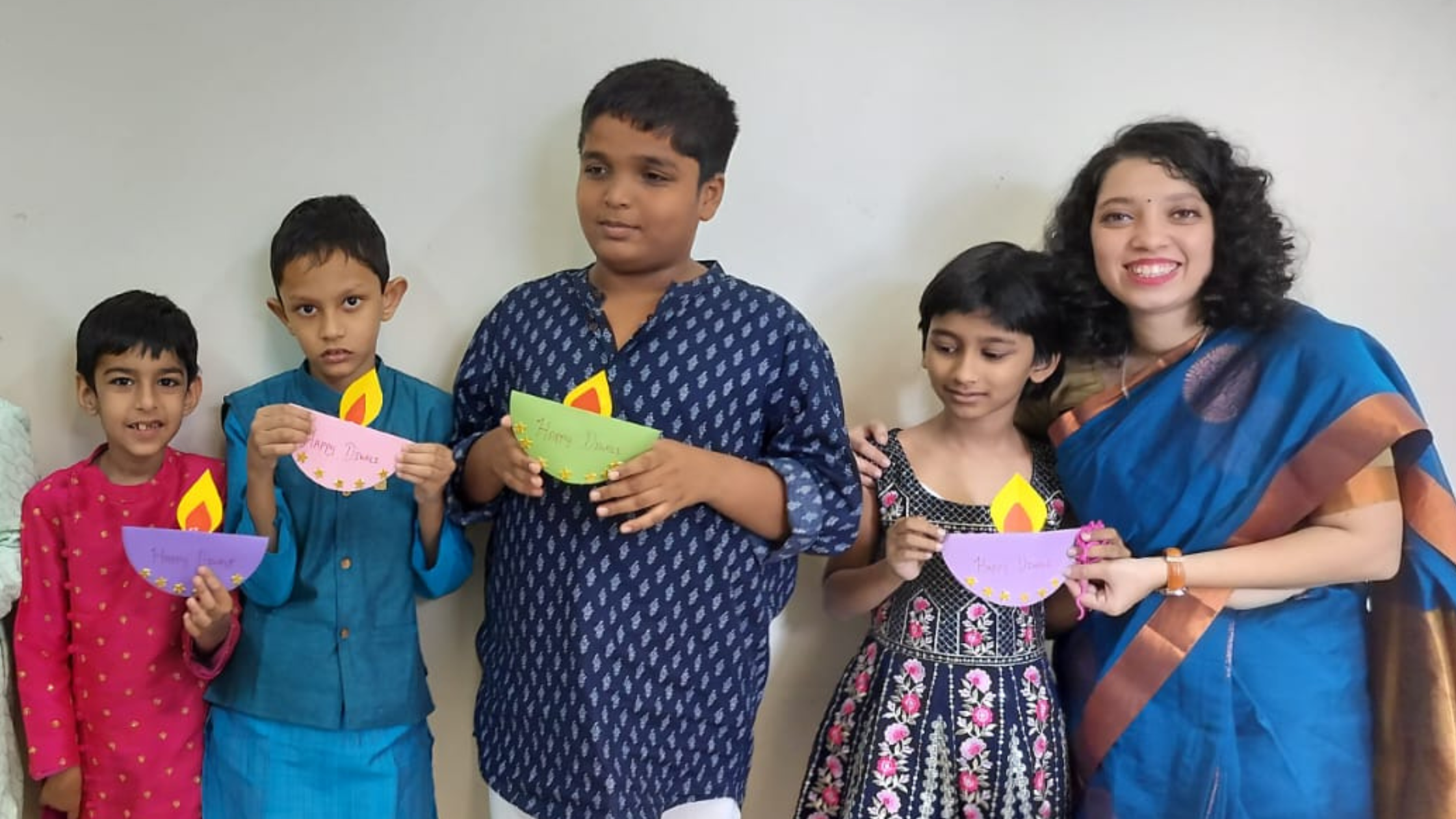

In the vibrant city of Mumbai, diversity thrives in every part of life. Schools play a crucial role in fostering cultural sensitivity and embracing diversity. Inclusivity and diversity are not just buzzwords in education. They are fundamental principles that shape students' experiences and outcomes. This is especially true in special education. Here, the mix of cultural backgrounds and learning needs requires nuanced approaches. It also requires a deep commitment to these principles.
Multiculturalism makes education better by introducing students to different traditions, languages, and customs. Understanding these differences helps students develop empathy and social skills. It broadens their view and prepares them for a globalised world. It teaches them to work well with people from different cultures. It also creates a community where everyone feels accepted, no matter their background.
The Aditya Birla Integrated School in Mumbai serves students with dyslexia, ADHD, and other special needs. The student population is diverse, with students from various cultural backgrounds. They bring unique perspectives and experiences. Recognizing, respecting, and valuing diversity in inclusive education requires understanding many nuances. These include cultural differences in communication styles and family dynamics. They also include beliefs about disabilities and approaches to learning and support services. Educators need to navigate these cultural beliefs in a delicate manner. They need to make the families feel respected and empowered. This encourages them further to take part in their children's education.
In special education, individualised approaches recognize each student's cultural background. This background shapes their learning styles, preferences, and strengths. Understanding this helps educators tailor their teaching methods. They can also adjust support strategies to meet each student's unique needs effectively.
Educators and staff may not have training in cultural
competence and sensitivity. Professional development is often insufficient in
these areas. This makes it difficult to address diverse cultural needs
effectively.
Unrecognised biases and stereotypes can affect interactions and expectations. This can lead to unequal treatment of students from different cultural backgrounds.
Language differences can make communication difficult
between educators, students, and families. This can make it hard to share
important information and understand students' needs.
Schools might not have enough bilingual staff or interpreters. This can make communication issues worse.
Different cultural norms and practices can cause
misunderstandings or conflicts. This can happen between students, families, and
educators.
Cultural differences can change how families view education and disability. This can affect how they interact with the school. They can
also impact how families support the school.
Standard curricula and materials might not represent
different cultural backgrounds. They might not reflect all the different
cultures represented in the classroom. This can lead to a lack of relevance and
engagement.
Some materials might accidentally reinforce stereotypes. They might also leave out certain cultural perspectives.
Schools in under-resourced communities may have difficulty
providing support. They may struggle to meet the needs of diverse and special
needs students.
Students from marginalised communities may get less access to special education help. They may also get less support that understands their culture. This makes the impact on them worse.
Cultural and language barriers can make it hard for parents.
It might get difficult for them to get involved with the school. They might
also struggle to help with their child's education.
Historical or systemic mistrust can exist between minority
communities and schools. This mistrust can make it hard for these groups to
work together. It can also make effective collaboration difficult.
Students with special needs or different backgrounds might
feel left out. They may also experience bullying from their peers.
Encouraging understanding and empathy among students requires ongoing effort and education.
Schools might not have clear policies for promoting cultural
sensitivity. They might also lack procedures for encouraging inclusivity.
Effective diversity and inclusion initiatives need strong support from school leaders. They also need a strong commitment from school leadership.
Standardised tests and assessments might overlook cultural
and linguistic diversity.. This can lead to inaccurate evaluations of students'
abilities and needs.
Developing and implementing culturally responsive assessment methods can be challenging.
Creating a culturally responsive classroom:
Teaching diversity in the classroom is more than just
recognizing differences. It means celebrating these differences as strengths
that make the learning environment better. The following strategies help
promote cultural sensitivity at the Aditya Birla Integrated School:
Minds matter the mental health curriculum at the school
covers different psychosocial aspects. These include abilities, skills,
backgrounds, ethnicity, cultures, values, and beliefs. This education
encourages respect for differences and helps students develop compassion.
Including multicultural content in the curriculum helps
students see themselves in what they study. It also introduces them to cultures
different from their own. This promotes understanding and tolerance.
Adapting teaching methods helps meet the different needs of
all students. This includes students with special needs. It makes sure that
every student gets a fair and effective education. This is true for students of
all abilities and backgrounds.
Special events, fests, annual day programs, and sports days
let students show their strengths. This is done in front of their peers. This
helps build pride in their own identity and encourages respect for others'
traditions and unique strengths.
Different clubs, like the Interact Club, give students extra
learning opportunities. They help students understand more and interact with
different parts of the society.
School and families work together to learn how to support
students' unique strengths and challenges. This teamwork also helps to
normalise and embrace differences.
Embracing diversity in special education goes beyond achieving educational goals. It also involves helping students become well-rounded individuals who respect and appreciate differences. Schools help prepare students for the multicultural world by promoting cultural sensitivity and inclusivity. They also help students make positive contributions to society. As Mumbai continues to blend many cultures, these schools play a vital role. They help shape future generations to be compassionate, open-minded, and culturally aware.